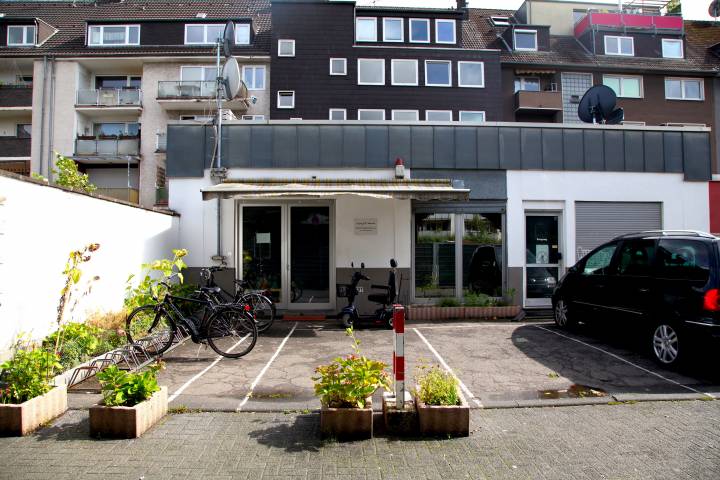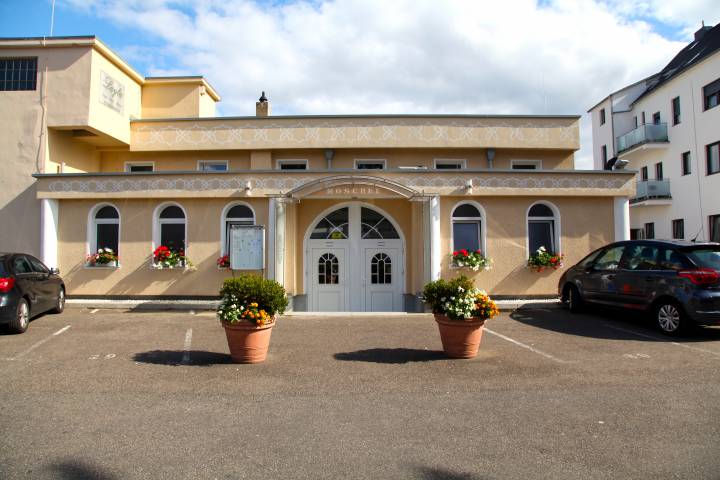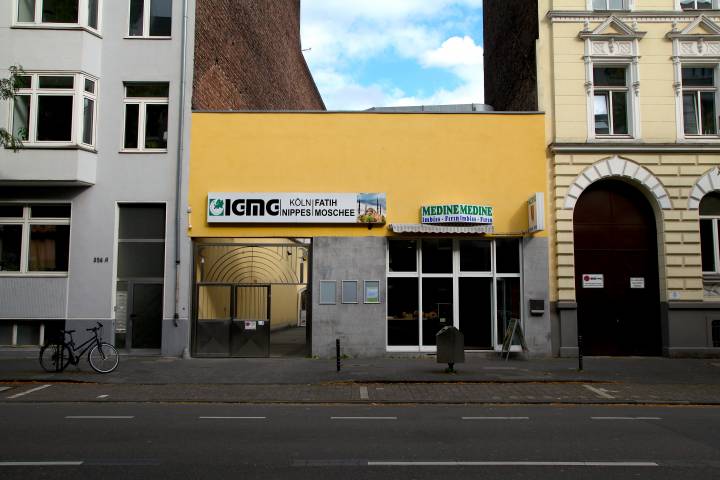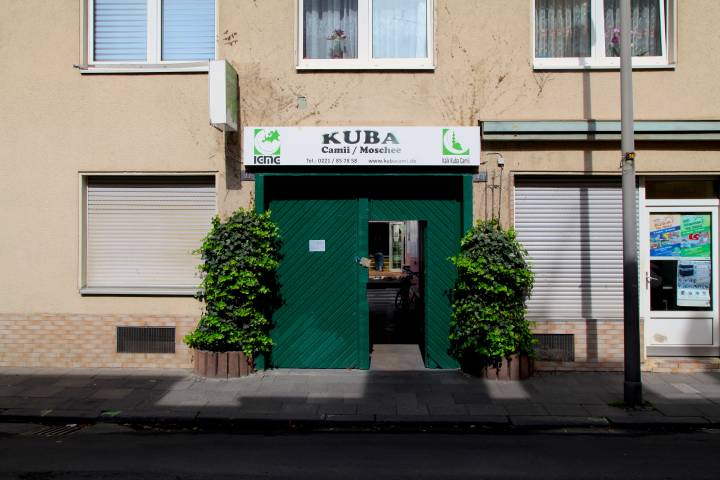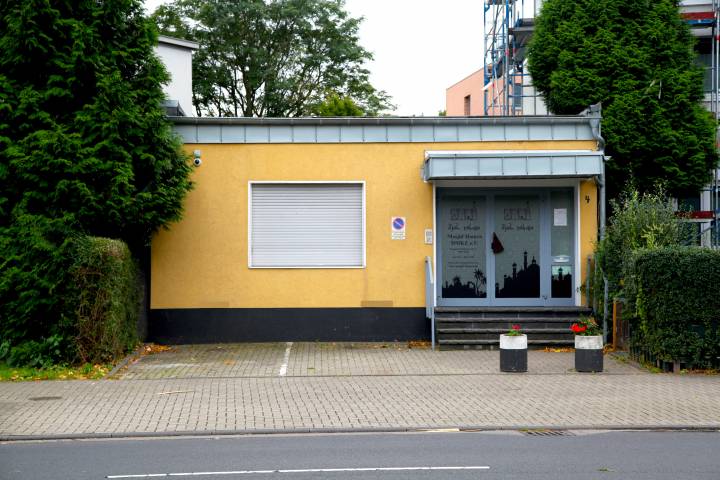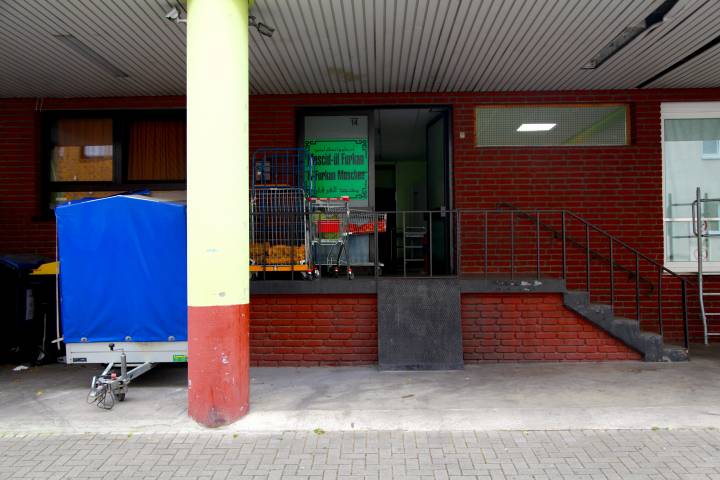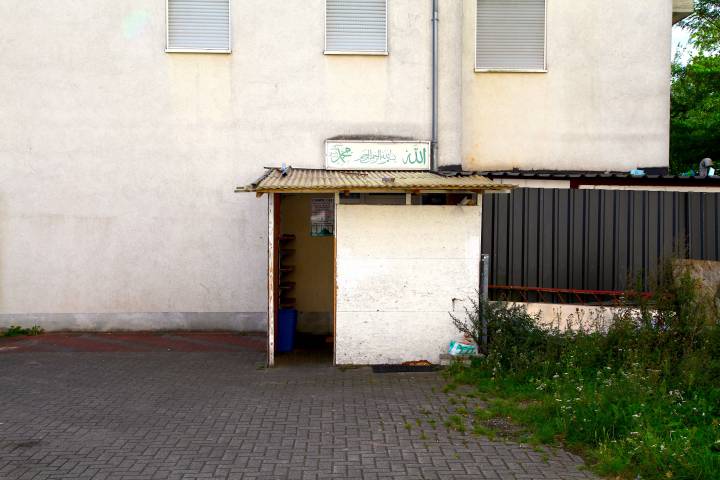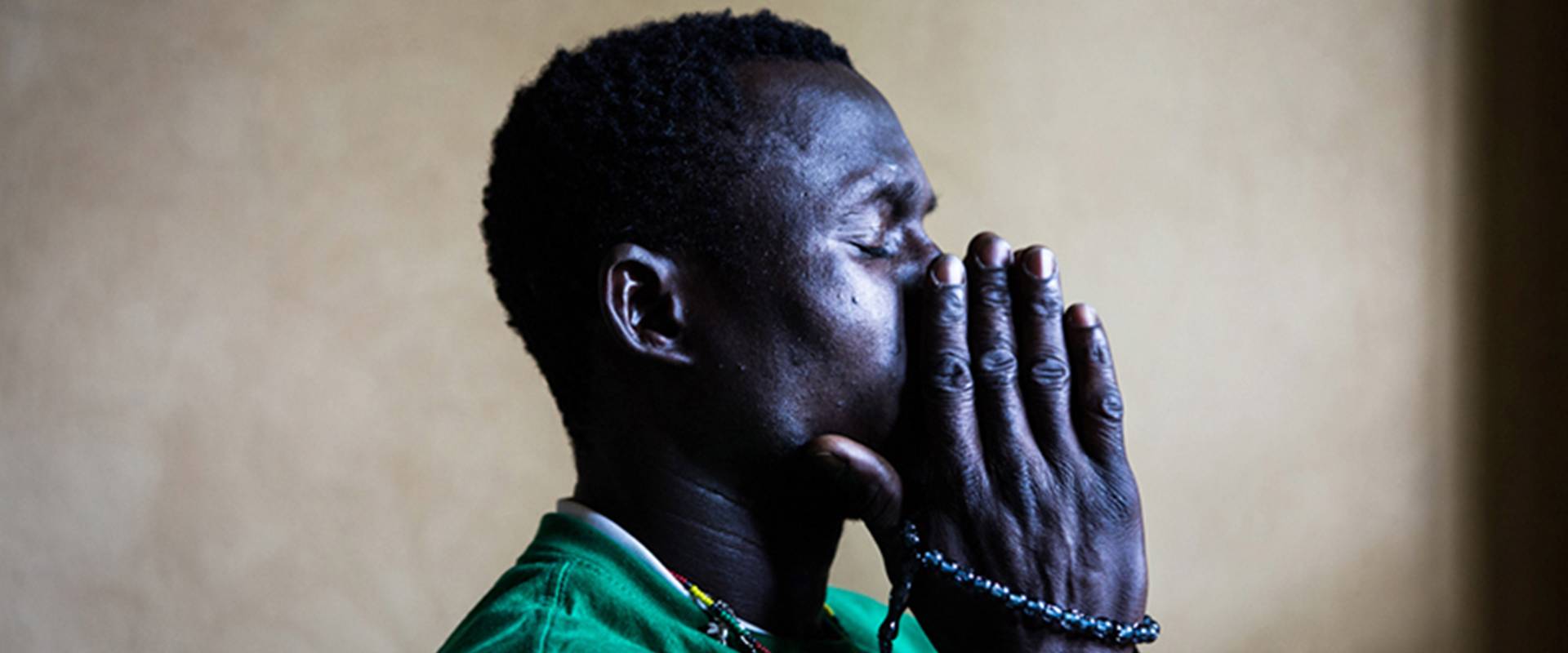General mistrust of Muslims is nowadays a growing phenomenon due to multiple terrorist attacks that have hit different European cities recently. As a result, all Muslims are being stereotyped and bunched together with violent extremists and terrorists of all kind. The mosque is the customary meeting place where Muslims go to peacefully exercise their religion, but it has become the object of increasingly suspicious looks. Either due to the fear of the unknown or of what might be happening behind closed doors, the so-called backyard mosques or “Hinterhof-Moscheen” are falling more and more into disrepute. Nowadays in Germany, this term triggers negative associations such as being safe havens for hate preachers, incubators for radicalisation or sites for police observations. However, hardly anyone knows exactly how a “Hinterhof-Moschee” looks like because these houses of prayer are almost invisible: a passerby might only notice them by chance.
Most people think that a mosque must have a dome with one or several minarets. However, mosques can also be located in converted apartments, offices, supermarkets or factory halls. They are very well integrated into their surroundings to such an extent that one can easily mistake them for something else. Of course, more and more traditional-styled mosques, which are clearly recognizable, are being built in many cities across the country. Yet, the everyday life of many practicing Muslims takes place in inconspicuous, rarely representative mosques, located in their own neighbourhood.
For this project I decided to take photographs of these kind of mosques situated in different parts of Cologne, in the city centres as well as in remote areas, where different interpretations of Islam are practiced. The perspective I decided to take is that of passers-by, who look at the mosque from a distance – not yet ready to step inside.
I think that this photo series has the potential to initiate a public discussion, by starting with judgement-free photos. I would also like to point out the varied interpretations of Islam through the selected prayer houses, because just as there is not only one true representation of a mosque, Islam comes in all shapes and sizes. The purpose of this photo series is especially to make these places visible, using the example of Cologne’s prayer houses and to gently deconstruct the term “Hinterhof-Moscheen” by lending them a face. These places that bear such a strange sounding name are part of the cityscape, integrated in their surroundings – just as the majority of their occupants are.


